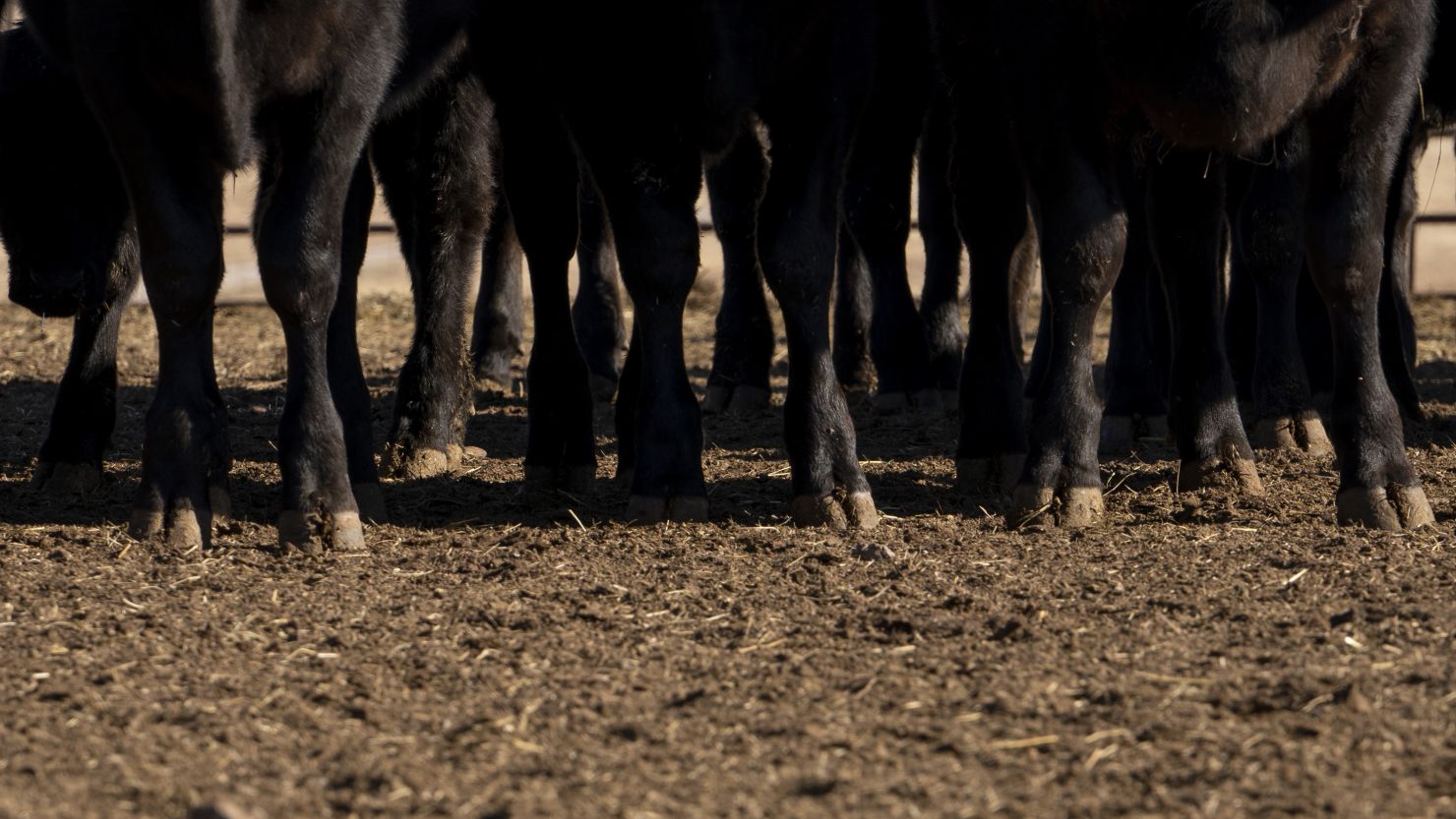
CARSON CITY (Nevada, US), Feb 6 (NNN-AGENCIES) — Six dairy herds in Nevada have tested positive for a newer strain of the H5N1 bird flu virus that’s been associated with severe infections in humans, according to the Nevada Department of Agriculture.
The strain is not the same one that has been circulating in other dairy herds throughout the US. That virus is called B3.13. The newer strain, D1.1, has previously been detected only in birds and in people who had contact with infected birds.
This is the second known instance of avian flu being introduced into cattle herds by birds, and experts say it marks a turning point in the nation’s efforts to contain the virus.
“It’s much easier to control virus spread when you’re talking about a virus spreading from cow to cow than controlling spread from birds to cows,” said Dr. Scott Hensley, a microbiologist who studies the evolution of flu viruses at the University of Pennsylvania’s Perelman School of Medicine.
D1.1 has been associated with two severe infections in people: a teenager in British Columbia who was hospitalized in critical condition last fall but eventually recovered and a senior in Louisiana who died from their infection in January. Farm workers in Washington state have also tested positive for D1.1 after culling infected poultry. Their symptoms were described as milder.
Scientists are studying the D1.1 strain to try to learn more about its capabilities and how it appears to be spreading so aggressively.
“D1.1 was initially found, I believe, in August of 2024 in the Pacific Flyway. It’s now in all four flyways, and so we know it’s in the environment, but this is the first time it’s been documented that D1.1 has been in a dairy cow,” said J.J. Goicoechea, director of the Nevada Department of Agriculture.
Goicoechea said the affected dairies have provided the Nevada Department of Health with contact information for their workers who are being monitored for signs of infection. They are also being offered personal protective equipment, Goicoechea said. To date, no humans have tested positive in connection with the infected herds.
Notably, the D1.1 infections in cows do not appear to be more severe than B3.13 infections, Goicoechea said.
“We’re seeing exactly the same clinical signs,” Goicoechea said. Cows lose their appetite, and their milk production drops. Most recover with veterinary care. “It’s very, very similar signs to what we’ve seen for really the last year, since this started in Texas and Kansas,” he said.
The newly infected Nevada herds were detected on Jan 31 through a US Department of Agriculture program that is testing milk in large silos across the US.
“Lots of different bulk tanks from different farms can come into one silo. And then they trace it back,” said Dr. Seema Lakdawala, a microbiologist and immunologist at Emory University who has been studying how the H5N1 virus is infecting cows.
Lakdawala says the finding raises critical questions about how dairy cattle are being exposed and whether it’s possible to contain the H5N1 outbreak, which is rapidly spreading among animals and birds, though health officials say most people are still at low risk from the virus.
Since March 2024, H5N1 avian influenza has been detected in 957 herds in 16 states, according to the USDA. There have been 67 infections confirmed in humans in the US, nearly all of them farm workers who had contact with infected animals, according to the CDC. — NNN-AGENCIES






